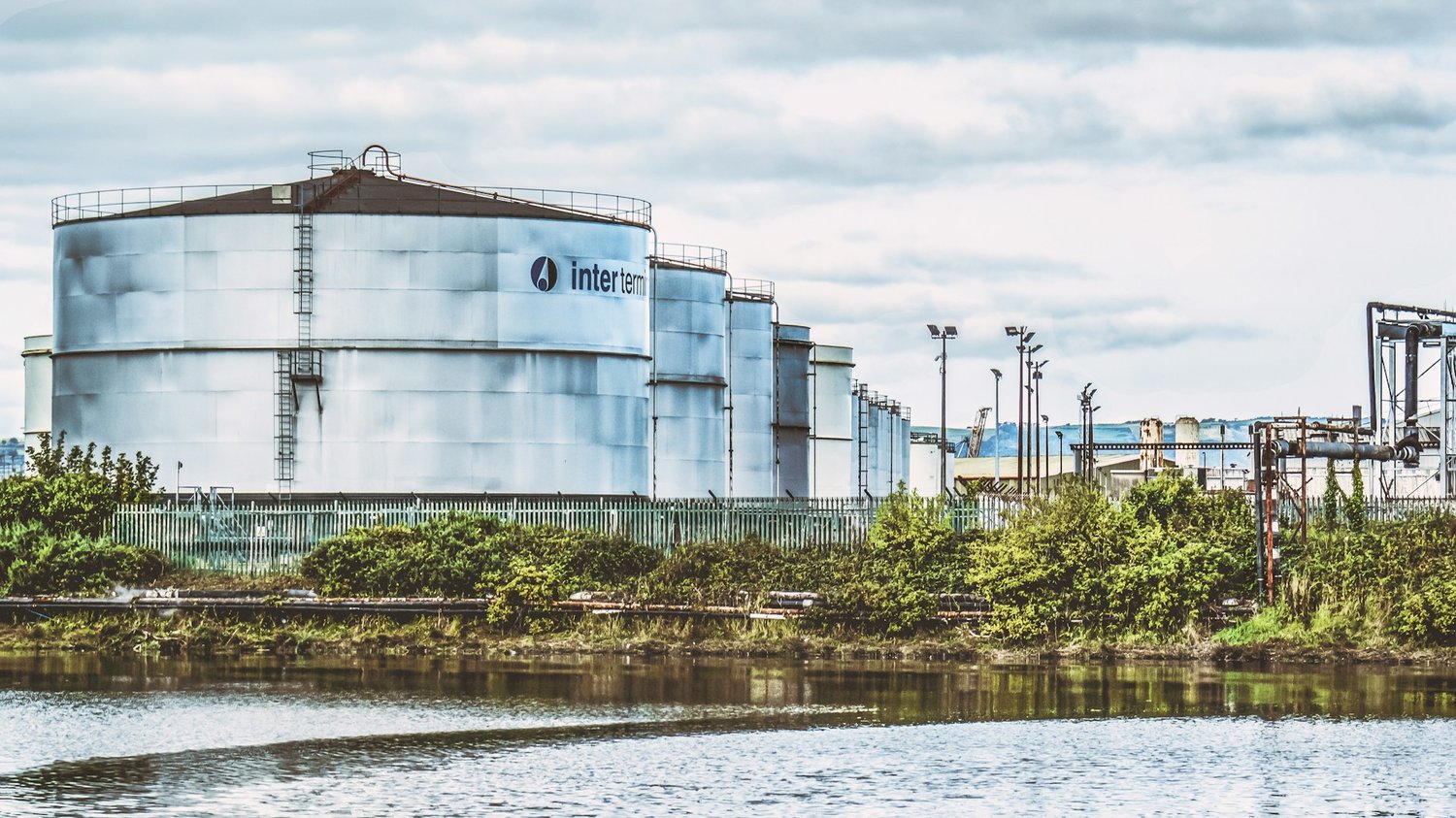Imagine a storm is rolling in, the power goes out, and suddenly you realize your water tap is dry. Sound like a nightmare? It doesn't have to be. In emergency situations, having a reliable water supply can be the difference between comfort and chaos. Let's dive into why water storage is crucial for emergency preparedness and how you can ensure you're never caught dry.
Why Water Storage is a Must-Have for Emergencies.
Water is life. It's as simple as that. Our bodies need water to function, and in an emergency, access to clean water can be disrupted in the blink of an eye. Whether it's a natural disaster, a power outage, or any unforeseen event, having a stockpile of water can keep you and your family safe and healthy.
Understanding Your Water Needs.
First, let's get a clear picture of how much water you actually need. The general guideline is to have at least one gallon of water per person per day. This amount covers drinking, cooking, and basic hygiene. For a family of four, that means you should aim to have at least 12 gallons of water stored for a three-day emergency. However, experts often recommend planning for at least two weeks, which means a whopping 56 gallons for a family of four.
Types of Water Storage.
When it comes to storing water, you have a few options, each with its pros and cons:
1. Bottled Water: This is the easiest and most accessible option. Bottled water is convenient and has a long shelf life, usually up to two years. However, it can take up a lot of space, and buying large quantities can get expensive.
2. Water Jugs and Containers: These are great for larger quantities. You can find food-grade water storage containers in various sizes, from 5-gallon jugs to 55-gallon drums. These containers are durable and designed for long-term storage.
3. Water Barrels: For serious preparedness, water barrels are an excellent choice. They can store large amounts of water (typically 30 to 60 gallons) and are designed to keep water safe for extended periods.
4. Water Tanks: If you have the space, water tanks can store hundreds of gallons. They're a significant investment but provide a substantial water supply for long-term needs.
How to Store Water Safely.
Now that you've chosen your storage method, it's crucial to store your water properly to ensure it's safe to use when you need it.
1. Clean Your Containers: Before filling any container, make sure it's clean. Use a mild bleach solution (1 teaspoon of bleach per gallon of water) to sanitize it, then rinse thoroughly.
2. Use Treated Water: If you're using tap water, treat it with unscented household bleach (5.25 to 6.0 percent sodium hypochlorite). Add eight drops per gallon, mix well, and let it sit for 30 minutes before sealing.
3. Label and Rotate: Clearly label your containers with the date you filled them. Even treated water should be rotated every six months to ensure freshness.
4. Store in a Cool, Dark Place: Heat and light can degrade your water quality. Store your water in a cool, dark place, like a basement or closet.
Water Purification Methods.
In an emergency, your stored water might run out, or you may need to use water from uncertain sources. Knowing how to purify water is essential.
1. Boiling:Boiling water is the safest method to kill bacteria, viruses, and parasites. Bring water to a rolling boil for at least one minute (three minutes at higher altitudes).
2. Bleach: As mentioned earlier, you can use household bleach to purify water. Use eight drops per gallon, stir, and let sit for 30 minutes.
3. Water Purification Tablets: These are convenient and easy to use. Follow the instructions on the package for best results.
4. Water Filters: Portable water filters can remove contaminants and pathogens. Look for filters that meet NSF standards for removal of bacteria and viruses.
Create a Water Storage Plan.
Having a water storage plan tailored to your family's needs is vital. Here's a simple plan to get you started:
1. Assess Your Needs:Calculate how much water your family needs based on the one gallon per person per day rule.
2. Choose Your Storage Method:Decide which storage option works best for your space and budget.
3. Purchase Supplies: Buy your containers, water purification tablets, and any other supplies you'll need.
4. Fill and Label: Fill your containers, treat the water if necessary, label them with the date, and store them properly.
5. Regular Maintenance: Check your water supplies every six months. Rotate out old water and replace it with fresh water to ensure it's always safe to use.
The Bottom Line.
Water is one of the most critical elements of emergency preparedness. Without it, even the best-laid plans can fall apart. By taking the time to understand your water needs, choosing the right storage methods, and maintaining your supplies, you can ensure your family stays hydrated and healthy no matter what comes your way.
For a comprehensive guide on stocking up and preparing for all kinds of emergencies, check out Emergency Preparedness: Your Complete Guide to Stocking Up at Heaven and Earth Grocery Store - Essential Tips for Families, Survivalists, and Natural Disaster Preppers This book provides in-depth advice on everything from water storage to food supplies, helping you stay prepared for any situation.
Don't wait until it's too late. Start building your water storage plan today and be ready for whatever tomorrow brings.


